USS LST/LST(H)-482/Branch County (LST-482) was an LST-1-class tank landing ship built for the United States Navy during World War II. Later renamed for Branch County, Michigan, she was the only US Naval vessel to bear the name.

USS LST-483/Brewster County (LST-483) was an LST-1-class tank landing ship built for the United States Navy during World War II. Later renamed for Brewster County, Texas, she was the only US Naval vessel to bear the name.

USS LST-484 was an LST-1-class tank landing ship built for the United States Navy during World War II. Like many of her class, she was not named and is properly referred to by her hull designation.
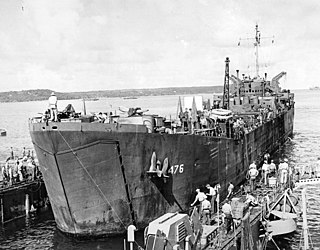
USS LST-476 was a United States Navy LST-1-class tank landing ship used in the Asiatic-Pacific Theater during World War II.

USS LST-477/LST(H)-477 was a United States Navy LST-1-class tank landing ship used in the Asiatic-Pacific Theater during World War II.
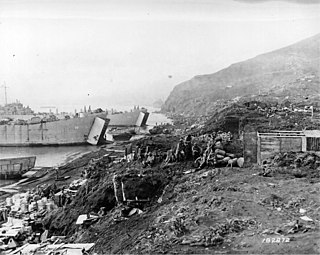
USS LST-478 was a United States Navy LST-1-class tank landing ship used in the Asiatic-Pacific Theater during World War II.

USS LST-479 was a United States Navy LST-1-class tank landing ship used in the Asiatic-Pacific Theater during World War II.

USS LST-484 was an LST-1-class tank landing ship built for the United States Navy during World War II.

USS LST/LST(H)-486 was an LST-1-class tank landing ship built for the United States Navy during World War II.

USS LST/LST(H)/T-LST-488 was an LST-1-class tank landing ship built for the United States Navy during World War II.

USS LST-446 was a United States Navy LST-1-class tank landing ship used in the Asiatic-Pacific Theater during World War II.
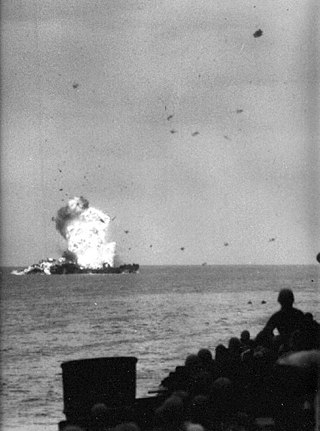
USS LST-447 was a United States Navy LST-1-class tank landing ship used in the Asiatic-Pacific Theater during World War II.

USS LST-449 was a United States Navy LST-1-class tank landing ship used in the Asiatic-Pacific Theater during World War II.

USS LST/LST(H)-450 was an LST-1-class tank landing ship built for the United States Navy during World War II.

USS LST-452 was a United States Navy LST-1-class tank landing ship used in the Asiatic-Pacific Theater during World War II.
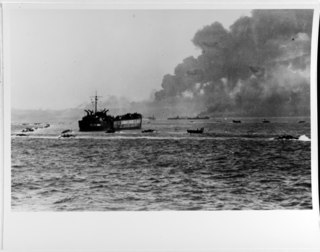
USS LST-454 was a United States Navy LST-1-class tank landing ship used in the Asiatic-Pacific Theater during World War II.

USS LST-457 was a United States Navy LST-1-class tank landing ship used in the Asiatic-Pacific Theater during World War II.

USS LST-458 was a United States Navy LST-1-class tank landing ship used in the Asiatic-Pacific Theater during World War II.

USS LST-466 was a United States Navy LST-1-class tank landing ship used in the Asiatic-Pacific Theater during World War II. As with many of her class, the ship was never named. Instead, she was referred to by her hull designation.
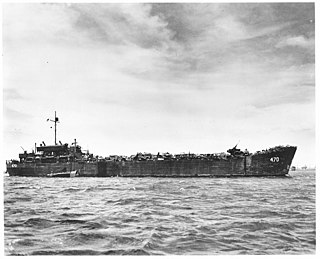
USS LST-470 was a United States Navy LST-1-class tank landing ship used in the Asiatic-Pacific Theater during World War II. As with many of her class, the ship was never named. Instead, she was referred to by her hull designation.
This page is based on this
Wikipedia article Text is available under the
CC BY-SA 4.0 license; additional terms may apply.
Images, videos and audio are available under their respective licenses.



















